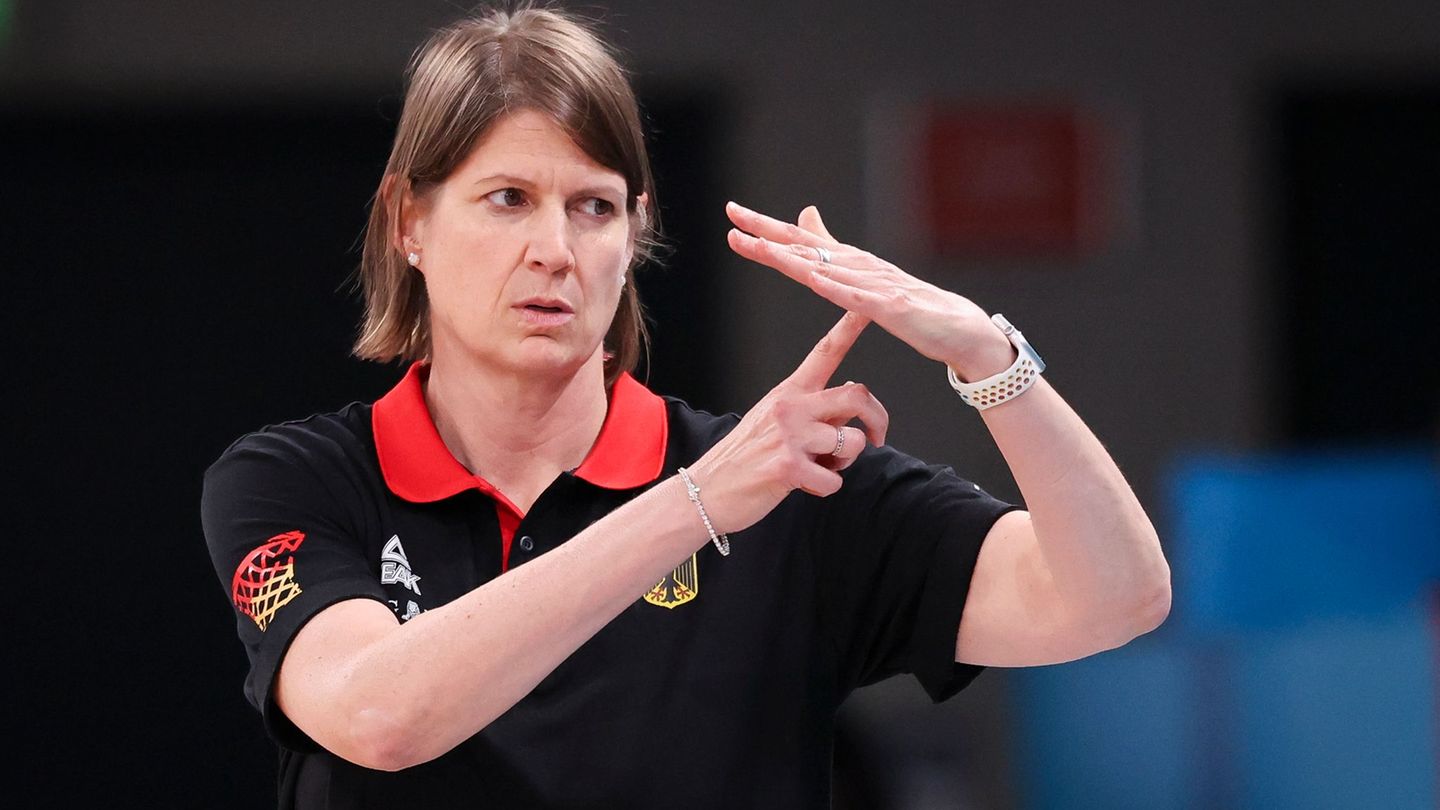Image: APA/Eva Manhart
The demand for and sales of district cooling in Austria is increasing. At 188 gigawatt hours (GWh), around six percent more district cooling was sold last year than in the previous year. This means that sales have increased almost eightfold since 2009, when it was around 25 GWh. The Association of Gas and Heat Supply Companies announced these figures this week.
The development is also due to the increasing expansion of the district cooling network. This network grew by 13.5 percent in 2022 and reached a total length of 36 kilometers by the end of the year.
Vienna is the leader in district cooling sales. The federal capital accounts for around 79 percent of the district cooling network. The buildings that have so far been supplied with district cooling include the University of Vienna, the National Bank, the Vienna General Hospital, the Parliament, the City Hall, the Museum of Applied Arts, the Austria Campus as well as numerous hotels and several hundred new apartments.
By 2030, the capacity of the Viennese district cooling should almost double. There are other district cooling systems in Linz, St. Pölten and Graz, among others. The supplier Linz AG recently put the third district cooling center into operation on Wiener Strasse. This increases the company’s total connected load to more than 20 megawatts of district cooling. From 2024, buildings in Klagenfurt will also be supplied with district cooling.
How district cooling works
District cooling – as the name suggests – cools from afar. In a closed circuit, cold water is transported through an insulated pipe network. The water absorbs heat on site and thus cools the room temperature. It then flows back and is again centrally cooled. The main advantage of remote cooling is the lower CO2 emissions compared to conventional air conditioning units. According to the trade association, a district cooling center consumes around 70 percent less primary energy than decentralized air conditioning units with the same cooling capacity and causes around 50 percent fewer CO2 emissions.
It is getting hotter and hotter in Europe due to the climate crisis. In 2022, the average temperature was around 2.3 degrees Celsius above pre-industrial levels, according to the annual report of the European Earth observation program Copernicus and the World Meteorological Organization (WMO). This also increases the need for cooling systems. Experts reckon that in future Europe will need about as much cooling energy in summer as heating energy in winter.
Source: Nachrichten




